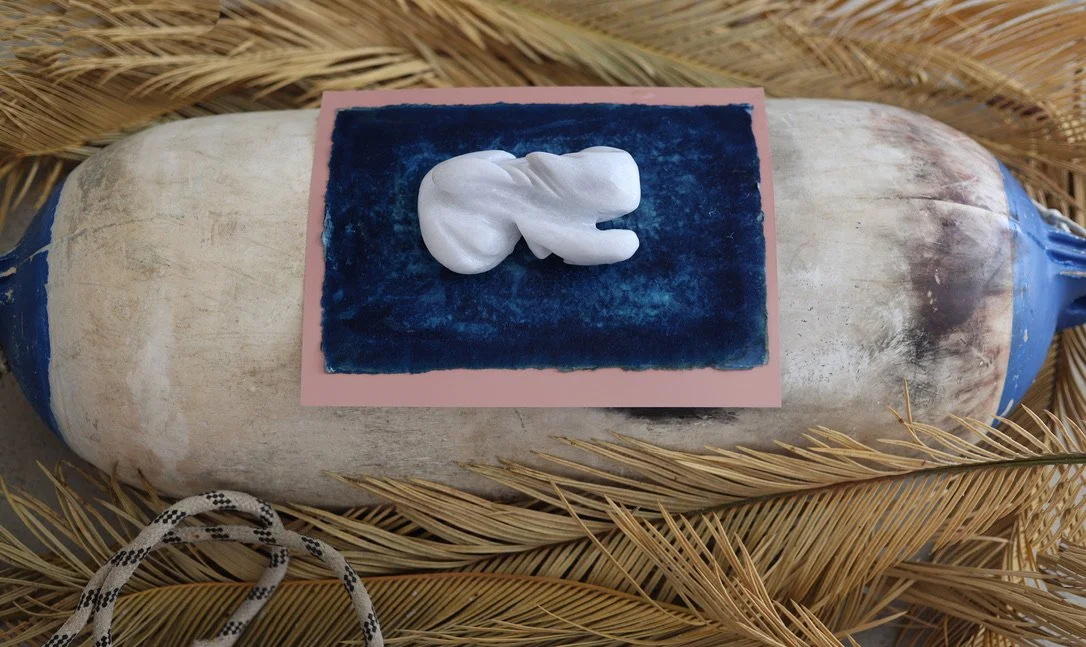










Carved from Parian marble during a residency at the Cycladic Arts in Paros, Illuminira takes its name from “to illuminate”, a reflection on light, clarity, and transformation.
Working in the same marble origins once used for Cycladic figures and the Venus de Milo, I wanted to explore how this ancient material could hold both weight and lightness, how stone can seem to breathe. The tear-drop form became a vessel of reflection, a pause between release and containment.
In the changing light of the island, the marble shifts from opaque to translucent, revealing subtle movements within its surface. When placed in water, the pull of the sea creates ripples across the tear-drop form, allowing the marble to momentarily merge with the movement of the tide.